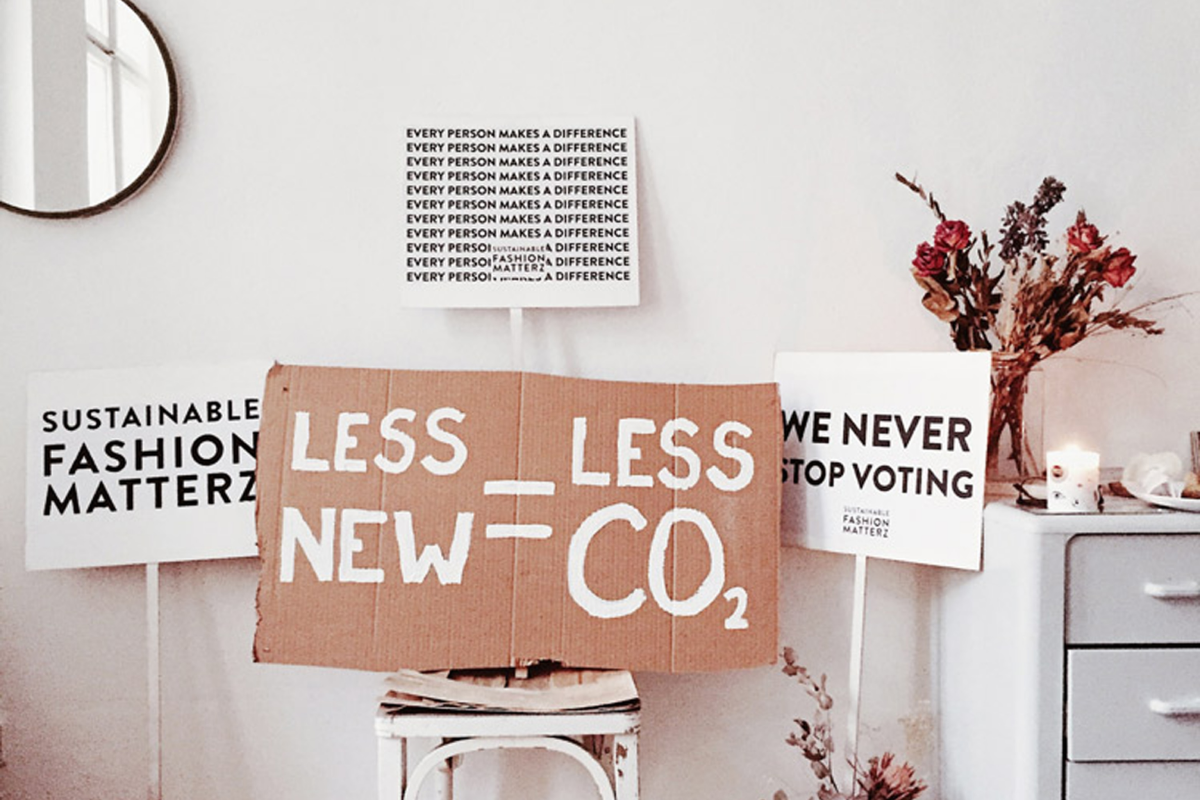Reduce, Reuse, Recycle
Reduce: Cut down on single-use plastics, energy consumption, and water waste. Simple actions like using reusable water bottles, turning off lights when not in use, and fixing leaks can make a difference.
Reuse: Give new life to items before disposing of them. Repurpose old furniture, donate clothing and goods, and find creative ways to reuse materials in DIY projects.
Recycle: Properly recycle materials like paper, glass, and plastic to reduce landfill waste. Familiarize yourself with your local recycling guidelines to ensure that you recycle effectively.
Conserve Energy
Switch to energy-efficient appliances and lighting. Energy-efficient appliances can significantly reduce your electricity consumption and save you money in the long run.
Use a programmable thermostat to optimize heating and cooling. This allows you to maintain comfortable temperatures in your home while reducing energy wastage.
Unplug devices and appliances when not in use. Many devices consume energy even when turned off. Unplugging them or using smart power strips can prevent this phantom energy usage.
Embrace Sustainable Transportation
Choose public transportation, carpool, or bike instead of driving alone. These options reduce the number of vehicles on the road, decreasing air pollution and congestion.
Consider an electric or hybrid vehicle for lower emissions. If you're in the market for a new vehicle, explore eco-friendly options that reduce your carbon footprint.
Improved Quality of Life
Sustainable practices can enhance your overall quality of life. Spending time outdoors, connecting with nature, and engaging in sustainable hobbies can reduce stress and improve mental well-being.
Educational Opportunities
Embracing sustainability can provide valuable learning opportunities for individuals and communities. It encourages continuous education and awareness about environmental and social issues.

